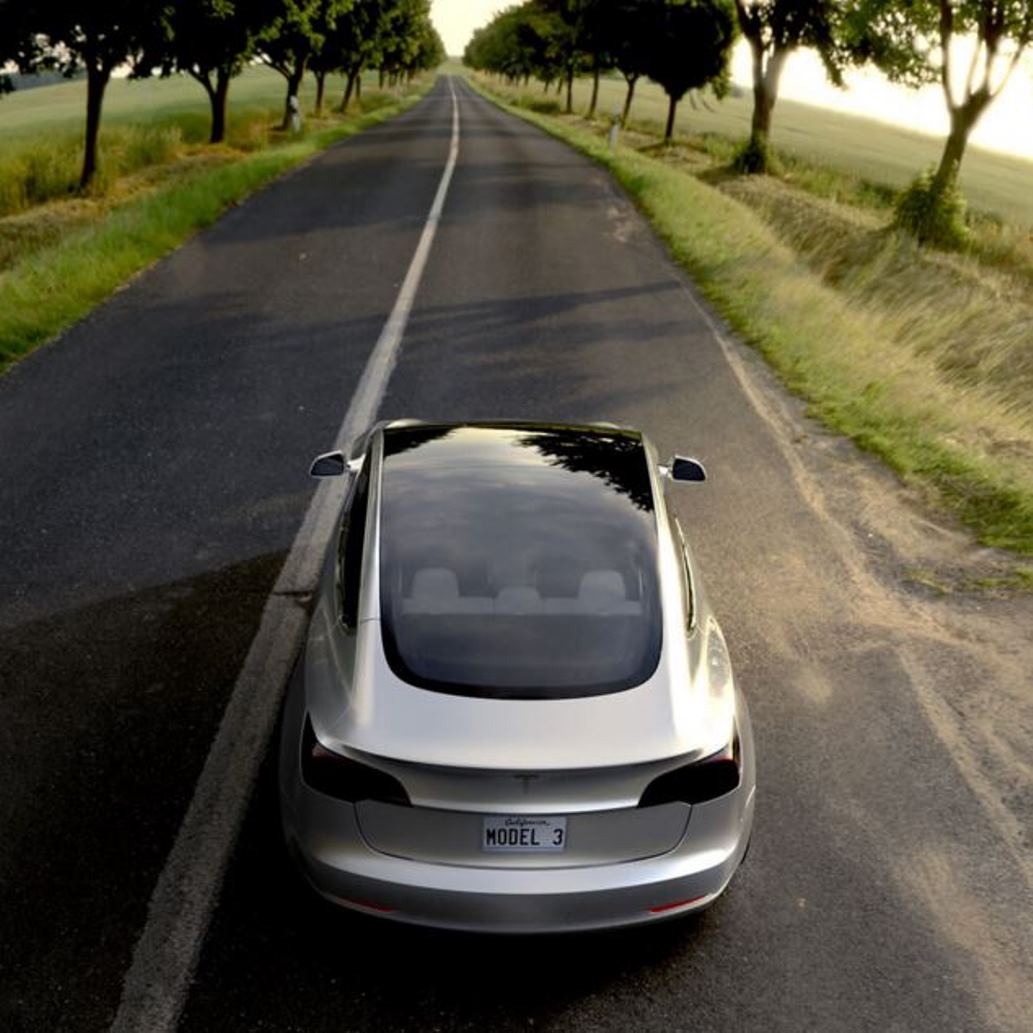Cars and Drivers
60% of Americans Don't Even Know That Plug-in Electric Vehicles Exist

Published:
Last Updated:

A person could be forgiven for thinking that all the hoopla in the business press about Tesla Motors Inc. (NASDAQ: TSLA) has raised Americans’ awareness of battery electric vehicles (EVs) and other plug-in hybrid electric vehicles (PHEVs). Forgiven, yes, but still wrong. Badly wrong.
A recent survey by strategy consulting firm Altman Vilandrie & Company discovered that 60% of Americans don’t even know that EVs exist. A full 80% have never ridden in one.
There was also some good news. According to the survey, 60% of respondents who had driven or ridden in an EV “enjoyed” the experience compared with just 8% who did not. Survey co-director Moe Kelley told NGTNews:
While the EV adoption rate is low, there are signs of strong latent demand in the marketplace. The auto industry still needs to make more low-priced models available to consumers, as well as finding a way for more drivers to try out an EV. If those things happen, we should see the EV adoption rate accelerate.
General Motors Co. (NYSE: GM) began delivering its 2017 Chevy Bolt to dealer showrooms in December. The all-electric Bolt has an advertised range of 238 miles on a single battery charge and sticker price of $37,500. Tesla’s Model 3, due out later this year, is expected to have a range of 215 miles and a base-model sticker price of around $35,000. Previous EVs have been priced higher, usually double or more than the Bolt or the Model 3.
The average U.S. new car price in 2016 was $34,077 according to Edmunds.com, and the analysts there expect the average to rise to $35,000 in 2017. With federal and state incentives, the Bolt’s price could drop to around $29,000. Tesla CEO Elon Musk has said a normally equipped Model 3’s would run about $45,000, before incentives.
So, the price is right, or getting there in Tesla’s case. But have we seen a single ad promoting the Bolt? Will we?
Tesla’s Musk is among the skeptics. He has chided the big automakers for planning to build only enough EVs to meet tailpipe emissions standards in California that will require 15% of all vehicles sold in the state to emit zero pollution by 2025. Chevrolet CEO Alan Batey denies the charge:
When it comes to electric, this is our investment in the future. The Bolt EV and the Volt are not being sold as compliance vehicles.
The Chevy Volt is a PHEV that has a battery range of around 50 miles and total range with its gasoline-powered engine of 420 miles. The MSRP on the 2017 Volt is $33,220.
Now that the Bolt is arriving in showrooms and the Model 3 is on its way, will GM and Tesla begin promoting their EVs heavily enough to let U.S. car buyers know that such wonders even exist? That could be the test of GM’s seriousness of purpose for the Bolt.
Tesla has dined out for years on its reputation as a technology leader with its high-priced products attracting the early-adopter (and generally well-off) crowd. Will it even bother to advertise the Model 3? Tesla, after all, received 400,000 deposits of $1,000 each from prospective buyers of its Model 3.
GM has at least a year’s head start on Tesla for an EV that sells at what is right around the average price for a new car in the United States. How hard the company works (and how much it spends) to build a big lead in sales could tell the tale of how successful U.S. sales of EVs will be.
After two decades of reviewing financial products I haven’t seen anything like this. Credit card companies are at war, handing out free rewards and benefits to win the best customers.
A good cash back card can be worth thousands of dollars a year in free money, not to mention other perks like travel, insurance, and access to fancy lounges.
Our top pick today pays up to 5% cash back, a $200 bonus on top, and $0 annual fee. Click here to apply before they stop offering rewards this generous.
Flywheel Publishing has partnered with CardRatings for our coverage of credit card products. Flywheel Publishing and CardRatings may receive a commission from card issuers.
Thank you for reading! Have some feedback for us?
Contact the 24/7 Wall St. editorial team.